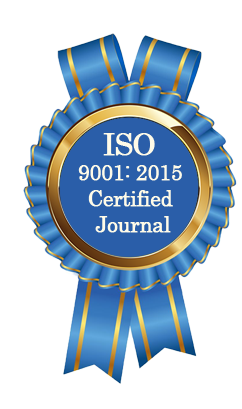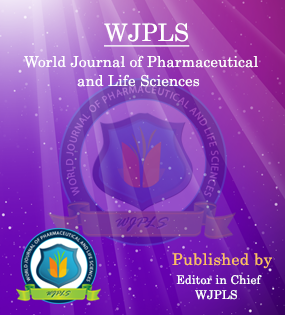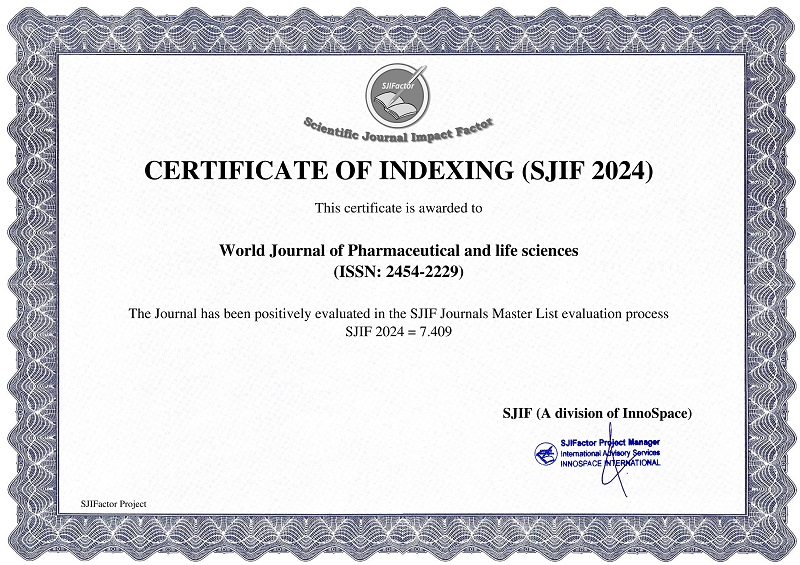Abstract
A REVIEW ON THE ANTIDIABETIC DRUG USED IN THE TYPE - 2 DIABETIC MELLITUS GLIMEPIRIDE & GLIMEPIRIDE:- EVIDENCE – BASED AND TREADS
*Musmade Arjun Gokuldas, *Pawar Vaishnavi Subhash and *Talole Pratiksha Bharat
ABSTRACT
Glimepiride is used along with diet and exercise, and sometimes with other medications, to treat type 2 diabetes (condition in which the body does not use insulin normally and, therefore, cannot control the amount of sugar in the blood). Glimepiride lowers blood sugar by causing the pancreas to produce insulin (a natural substance that is needed to break down sugar in the body) and helping the body use insulin efficiently. This medication will only help lower blood sugar in people whose bodies produce insulin naturally. Glimepiride is not used to treat type 1 diabetes (condition in which the body does not produce insulin and, therefore, cannot control the amount of sugar in the blood) or diabetic ketoacidosis (a serious condition that may occur if high blood sugar is not treated). Over time, people who have diabetes and high blood sugar can develop serious or life-threatening complications, including heart disease, stroke, kidney problems, nerve damage, and eye problems. Taking medication(s), making lifestyle changes (e.g., diet, exercise, quitting smoking), and regularly checking your blood sugar may help to manage your diabetes and improve your health. This therapy may also decrease your chances of having a heart attack, stroke, or other diabetes-related complications such as kidney failure, nerve damage (numb, cold legs or feet; decreased sexual ability in men and women), eye problems, including changes or loss of vision, or gum disease. Your doctor and other healthcare providers will talk to you about the best way to manage your diabetes. Glimepiride is a second-generation sulfonylurea that stimulate pancreatic beta cell to release insulin. Additionally, is has shown to work via several extra pancreatic mechanism. It is administered as monotherapy in patients with type 2 diabetes mellitus in whom glycemic control is not actived by dietary and lifestyle modifications. Type 2 diabetes mellitus is characterized by insulin resistance and progressive beta cell failure, therefore beta cell Secretagogue are useful for achieving sufficient glycemic control. It can also be combined with other antihyperglycemic agents. Including metformin and insulin, in patients who are not adequately controlled by sulfonylureas alone.
[Full Text Article] [Download Certificate]WJPLS CITATION 
| All | Since 2020 | |
| Citation | 590 | 424 |
| h-index | 12 | 10 |
| i10-index | 17 | 14 |
INDEXING
NEWS & UPDATION
BEST ARTICLE AWARDS
World Journal of Pharmaceutical and life sciences is giving Best Article Award in every Issue for Best Article and Issue Certificate of Appreciation to the Authors to promote research activity of scholar.
Best Article of current issue
Download Article : Click here





